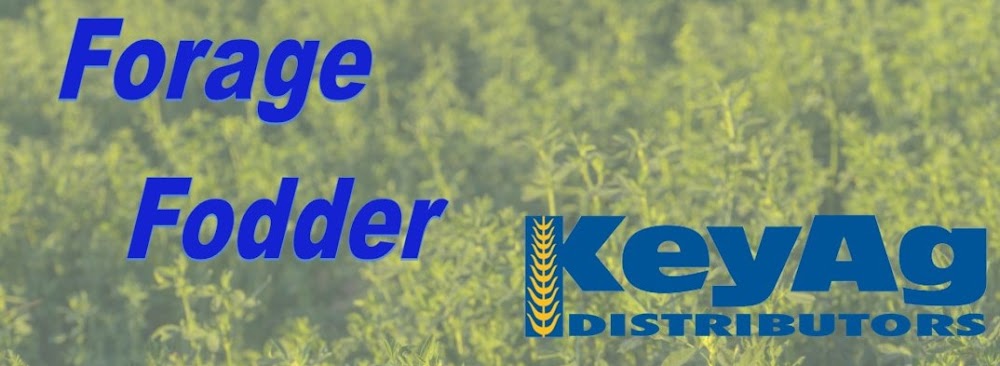Colorado—In the Dec. 21 report, compared to last report, trade activity was light on moderate demand. The bulk of activity remains in the horse hay markets. Horse hay sold mostly steady. Next report will be released Jan. 11.
Missouri—In the Jan. 4 report, compared to last report, the supply of hay is light to moderate, demand is moderate, and prices mostly steady. Although very slightly improved drought conditions continue to be concerning across the state. Lack of any winter weather has been a relief for feeding and getting around the farm, but some farmers are now facing concerns about water for livestock as some ponds have dried up. Several other face a fear of freezing solid due to low levels if any extended cold does settle in over the state.
Nebraska—In the Jan. 4 report, compared to last report, round bales of alfalfa and grass hay sold steady. Ground and delivered hay in the Platte Valley $10 lower with ground and delivered hay in the west steady. Ground and delivered cornstalks steady. Dehydrated and sun-cured alfalfa pellets steady. Demand was mostly light to moderate. Some parts of the state remain snow covered but it has not increased demand for hay procurement. Drought the last couple of years in state and surrounding states has decreased livestock numbers so not as many producers looking to buy hay this winter. Plus, several cattlemen with farm ground opted to plant a secondary forage like cane or millet instead of corn or soybeans to ward off paying high hay prices for hay like last year for their own needs.
Oklahoma—In the Jan. 5 report, compared to the last report, demand remains low and most of our hay producers are still not trading much hay and only delivering to long-time customers. Many producers report they are interested in seeing if this winter storm will help move the hay market. Next report will be released Jan. 19.
Texas—In the Dec. 15 report, compared to the last report, hay prices are mostly steady to firm across the majority of the regions with quality and freight being the largest determinants on price. Trading activity was moderate to active on good buyer demand. Recent rains in the south have boosted winter pastures with as a hard freeze hasn’t occurred yet. The Panhandle and portions of north Texas received some rain and snow mix which should provide a much needed boost to emerging winter wheat crops. Next report will be released Jan. 12.
South Dakota—In the Jan. 5 report, compared to last report, alfalfa hay steady in a narrow comparison. Demand only moderate for all types of hay, dairy operators continue to deal with low milk prices which is causing them to balk at offered hay prices. Very mild winter conditions, snow in the western part of the state last week, rain and light snow in the east, is helping beef cattle operators to stretch their forage supplies. Many corn stalk bales were made this fall as the weather allowed, which has pressured that market.
New Mexico—In the Nov. 24 report, compared to last report, alfalfa hay steady. Trade active, demand good. The the state is 73% complete with fifth cutting, 54% with sixth cutting. Most parts of the state are wrapping up harvest for the season. According to New Mexico Crop Progress report as of Nov. 12. Hay and roughage supplies improved slightly from the previous week but remained in worse condition than prior years. Hay and roughage supplies were observed to be 25% very short, 42% short, 30% adequate, and 3% surplus. At 14% very short, 37% short, 45% adequate, and 4% surplus, stock water supplies were on par with the 5-year average. This is the last report for the season, reports will resume in spring 2024.
Wyoming—In the Jan. 4 report, compared to last report, hay sales sold steady. Demand was mostly light. Several contacts still have all classes of hay to sell and many hope they will have their hay barns cleaned out early in the spring. Some contacts have tarped hay piles as they feel like it might be a while before they can get some classes of hay moved. With the drought last year and several dispersals of cows from the region has made a negative impact on the amount of hay sold locally to ranchers. Sharp declines in these sales have been noticed.
Montana—In the Jan. 5 report, compared to last report, hay sold steady to weak. Hay sales were light again this week. Rancher to rancher sales continue to comprise most of the hay sales across the state. Large hay producers continue to sit on large inventories as limited movement has been seen since late summer. Hay supplies remain very heavy. Weather conditions have been unseasonably warm and many ranchers still have cows out on winter pasture with some reporting they have yet to start feeding hay. This has greatly curbed demand this fall and early winter. As a result market conditions remain similar to last report in mid December. Some producers seem content to carry over hay as winter has been mostly open and dry across much of the state and drought conditions are starting to increase, particularly in western Montana. Demand for straw is light as heavy straw supplies continue to be seen.


No comments:
Post a Comment